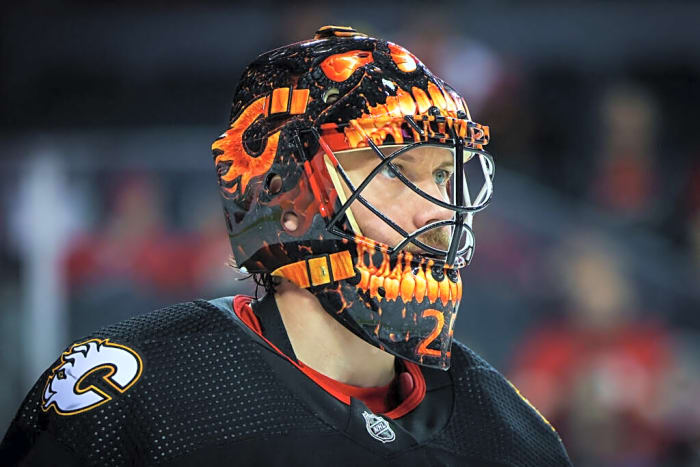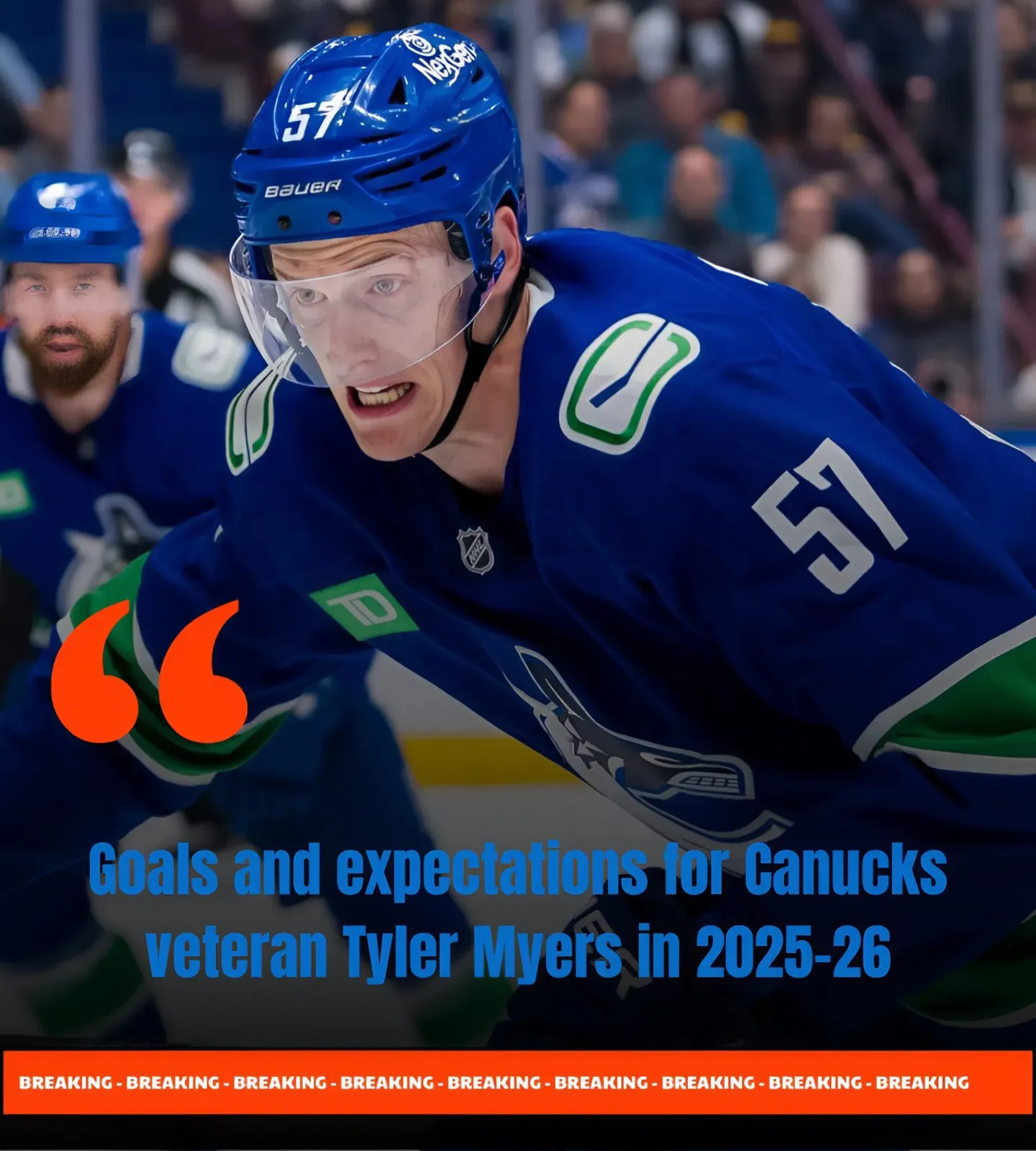Earlier this week, I wrote about what the remainder of this summer’s off-season might hold for Stan Bowman and the Edmonton Oilers.
At this point, it doesn’t look like the Oilers’ general manager will be especially busy over the next eight weeks, outside of negotiating a potential extension for Connor McDavid and possibly defenseman Jake Walman.
In the moment, it can feel frustrating to watch a team that came so close to winning the Stanley Cup in 2025 opt not to aggressively improve the roster. I understand that sentiment. But spending big in free agency or making trades just to shake things up often leads to more misses than home runs.
Sometimes, restraint is the smarter path.
With that in mind, I started thinking about what next summer could hold for the organization. A significant number of contracts come off the books in 2026, and while the Oilers do have players due for raises, there’s also a real possibility that Bowman and company could find themselves with serious money to spend.
Here’s my way-too-early look at Edmonton’s salary cap situation for the summer of 2026.

THE CURRENT STATE
As it stands, the Oilers are projected to have $44.9 million in cap space next summer.
That’s partly due to the expected $9.5 million increase in the NHL’s salary cap, and partly because several contracts will expire.
Up front, Adam Henrique is the most notable name hitting UFA status, aside, of course, from Connor McDavid, who we’ll touch on in a bit. Depth players like Kasperi Kapanen, David Tomášek, Max Jones, and Curtis Lazar are also set to hit free agency next July. Vasiliy Podkolzin is a pending restricted free agent, and I’d expect the Oilers will aim to retain him.
On defence, Mattias Ekholm, Jake Walman, Brett Kulak, and Troy Stecher are all slated to hit unrestricted free agency. In net, both Stuart Skinner and Calvin Pickard are entering the final year of their contracts.
So while there will be cap space to work with, there will also be plenty of holes to fill. As of now, the Oilers have seven forwards, three defensemen, and zero goaltenders under contract for 2026-27.
KEY CONTRACT EXTENSIONS
Of all the pending free agents, Connor McDavid and Jake Walman are the two players I could realistically see the Oilers trying to extend before the start of next season.
McDavid’s situation speaks for itself. If the Oilers don’t sign him this summer, something has gone terribly wrong.
As for Walman, he was a strong fit during the playoff run, and the team would be smart to lock him in now before he potentially has a breakout year offensively.
For this exercise, here are my contract predictions:
-
Connor McDavid signs an eight-year deal worth $16.5 million AAV
-
Jake Walman signs an eight-year deal worth $6.25 million AAV
Given the way contracts have been trending, I don’t think $6M+ for Walman is far-fetched. The Oilers may need to offer the full eight years to keep the cap hit down. Otherwise, he could command over $7 million on the open market.
It’s also worth noting that when the new CBA kicks in next summer, UFA contract lengths will be limited to six years with other teams. So if McDavid or Walman reach July 1, 2026, their max term elsewhere drops by two years, giving the Oilers some leverage.
Assuming both extensions are completed at those values, the Oilers would still have $25.65 million in cap space.
THE REST OF THE ROSTER
When it comes to players like Kulak and Ekholm, I’d expect the Oilers to take a wait-and-see approach. There’s no need to rush those decisions before knowing how they perform this season.
For Podkolzin, let’s assume a modest bump to $2 million AAV after he has a productive 2025-26 campaign.
As for the rest of the expiring deals, let’s say either those players return on similar contracts, or the Oilers replace them with equivalent-value signings.
So, working off that projection, the Oilers would have roughly $20 million in cap space to sign four forwards, three defensemen, and two goaltenders.
Here are some basic plug-in predictions:
-
Noah Philp as 4C at $950K
-
Troy Stecher or a similar depth defenseman at $950K
-
A depth winger at around $1 million
They also really need to hope that both Matt Savoie and Ike Howard turn into legit top-six wingers throughout the course of the season, or they at least need to hope that they can develop enough to be trusted as legit impact pieces starting in 2026-27.
That’s why I love the Howard deal. If he can be a 20+ goal guy for even just the final two years of his ELC, then the Oilers won’t need to have “top-six scoring winger” on their shopping list next summer.
With those smaller pieces added, and the young players on the roster in key roles, the Oilers would still have about $17 million to work with and a lineup that looks like this:
Howard – McDavid – Hyman
Podkolzin – Draisaitl – Savoie
Frederic – Nugent-Hopkins – Mangianpane
Janmark – Philp – $1M depth winger
Walman – Bouchard
Nurse – ???
??? – Emberson
Stecher

GOALTENDING OPTIONS
It’s hard to imagine any free-agent goaltender demanding more than $8 million annually, but there are a few intriguing names to watch.
Jakob Markström will be 36, but if he has another solid year in New Jersey, he could be a short-term option to pair with Skinner (assuming the Oilers re-sign the Edmonton native).
Another possibility is Filip Gustavsson, assuming Minnesota feels confident in turning the net over to Jesper Wallstedt. Gustavsson is younger, but may be more expensive, which would likely require a cheaper backup.
Let’s earmark $9 million total for goaltending, and build two quick hypothetical tandems:
-
Markström (short term, $6M) + Skinner (short term, $3M)
-
Gustavsson (long term, $8M) + backup ($1M)
Of course, a trade could also be in play, and potentially bring in a quality goalie at a lower AAV.
With that $9 million spent, Edmonton would be down to $9 million in cap space and still needing to sign two everyday defensemen and either a top-six winger or a third-line center, depending on how you see Ryan Nugent-Hopkins fitting in the long-term picture.
FINAL THOUGHTS
Coming into this breakdown, I was optimistic that the summer of 2026 might be a splashy one for the Oilers. But a few factors temper that outlook:
-
McDavid’s raise: Whether it’s an eight-year deal or not, he’s likely going north of $16 million AAV.
-
Goaltending cost: Jumping from under $4 million to potentially over $9 million in net could address the team’s biggest weakness, but it limits flexibility elsewhere.
That said, here are a few wild cards that could free up some salary cap room:
-
McDavid takes a more team-friendly deal
-
Ekholm re-signs at a lower number (~$3-4M) and remains effective
-
A prospect like Alec Regula, Atro Leppänen, or Beau Akey earns a regular role
-
Maxim Berezkin comes over from the KHL and fills a top-nine spot
-
Darnell Nurse is traded and his replacement is much cheaper
There are still a lot of unknowns, and how things play out on the ice this season will influence almost every decision.
Maybe Stuart Skinner turns into a true No. 1, and the Oilers don’t have to overspend in goal. Maybe a prospect breaks through or a veteran bounces back.
Don’t get your hopes up about a big splash in 2026. As it stands now, it’s hard to envision Stan Bowman having the cap flexibility to go big-game hunting next summer.



-1752370148-q80.webp)